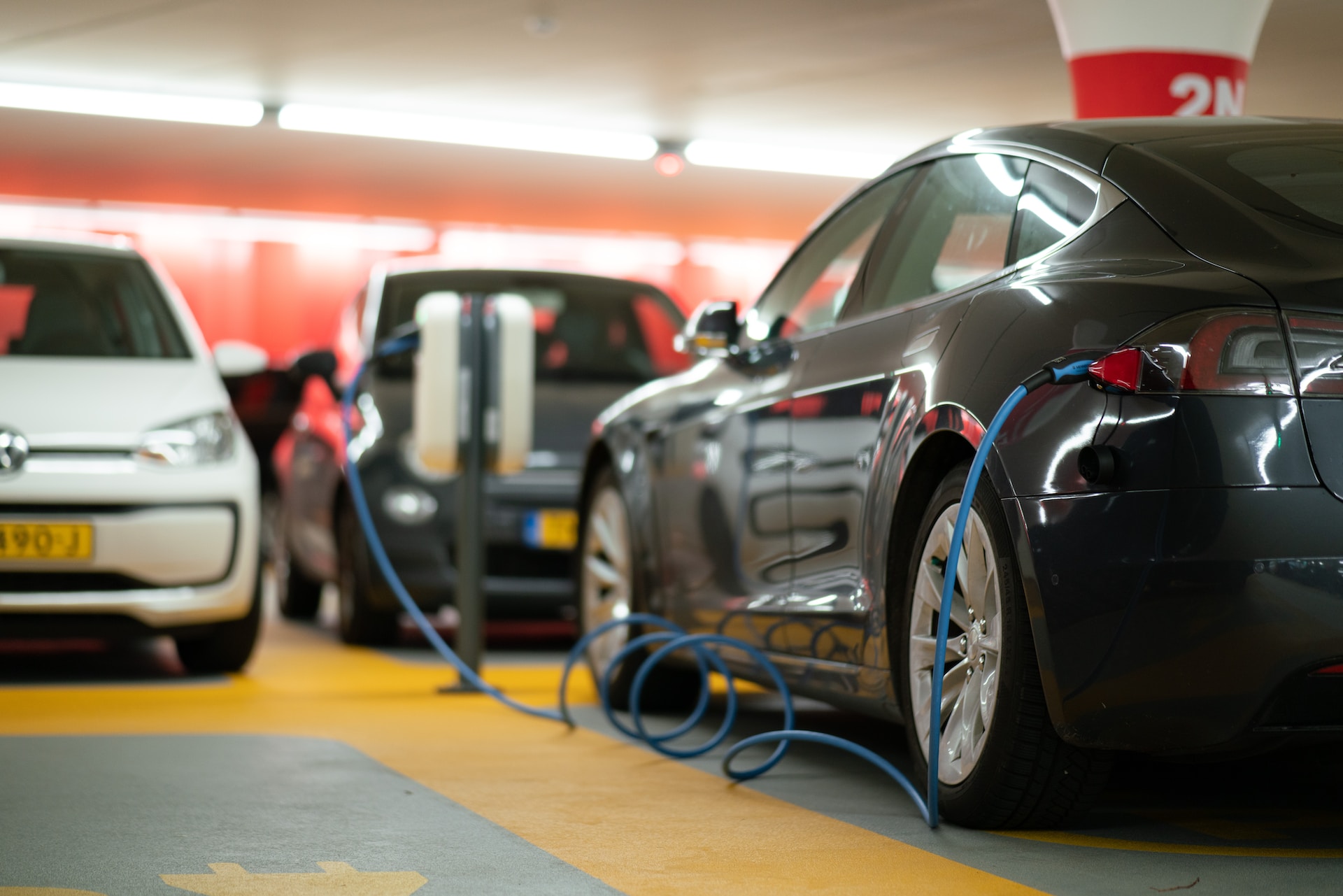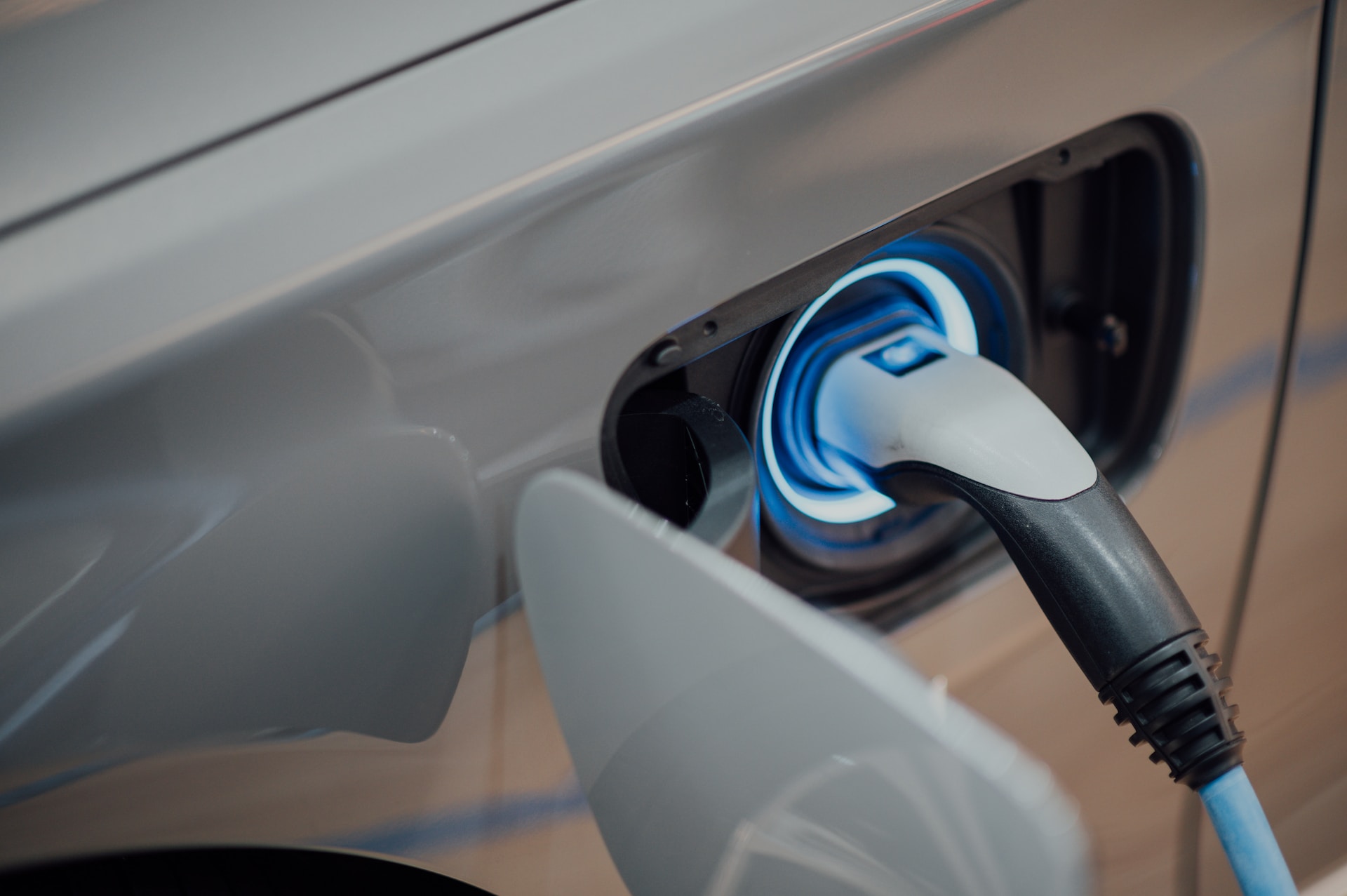The growth of electric vehicles over the last decade has been significant. The share of total sales given over to electric vehicles has more than tripled since the beginning of the decade, accounting for 4% of sales in 2020 and 14% in 2023. With the expansion of public charging infrastructure and the increasing availability of the humble home EV charge point, the future of electric vehicles and transport looks bright.
Alongside this, advances in battery technology and energy storage mean that “range anxiety” is likely a thing of the past, with advanced drivetrains and other embedded systems helping to further enhance mileage and efficiency.
In this guide, we’ll explore the future of electric vehicles, looking at how a government-provided electric vehicle grant will help drivers to make the switch from their internal combustion engine-powered cars and motorcycles. Alongside this, we’ll also see how improvements in battery technology, a broader range of electric vehicles, enhanced driving automation, and the expansion of charging infrastructure and home EV charge points will help lead the transition towards a majority of road users driving electric cars in the future.
The Future of Electric Vehicles: Five Key Developments
China, Europe, and the US represent the world's largest markets for electric vehicles, from motorcycles to cars, as well as various forms of public transport such as buses and trams.
Nations across the globe are beginning to transition towards electric cars in the future due to the drive to eliminate greenhouse gas emissions and improve air quality. This will mean that early adopters of these automotive technologies will have the potential to become leaders in EV production, boosting their economies and creating a host of new jobs to support this burgeoning industry.
So, what are the five advanced engineering trends that are driving innovation and financial backing in the future of electric vehicles?
1. Additional Government Support
Governments worldwide have been providing incentives, often in the form of an electric vehicle grant, to encourage drivers and fleet managers to transition towards fully electric and hybrid vehicles.
In the UK, the government continues to offer an electric vehicle grant for the purchase of new EVs and the installation of infrastructure such as the home EV charge point. This grant promises to cover up to 35% of the cost of a new EV—to a maximum value of £2,500—and 75% of the cost of EV charging infrastructure installation. Several European nations have followed suit, offering rebates, tax credits, and exemptions from road taxes and tolls to encourage the shift towards electric cars in the future.
Meanwhile, the US government provides a host of subsidies for domestic battery technology manufacturers, as well as offering a number of financial incentives for those looking at purchasing electric vehicles, whilst China has provided similar incentives for organisations across the EV manufacturing and supply chain industry. This has included the extension of tax exemptions for producers of new energy vehicles until 2025.
2. Improvements in Battery Technology
Battery technology has significantly evolved in the last decade. As a result of fast-charging capabilities and enhanced range, electric vehicles now present a much more convenient alternative to ICE cars and motorcycles. Drivers can charge their vehicles whilst at home, work, or via public charging infrastructure—the latter of which grew by 30% in 2022 alone in the UK—making them a much more viable option for long-distance commuting and freight.
Similarly, this expansion of charging infrastructure has meant that public transport operators are now seeing EVs as an affordable alternative to diesel, particularly given the volatile prices of fuel due to economic and political instability across the globe.
Embedded battery management systems (BMS) are also seeing advances, with EVs now able to regulate and monitor battery health and performance, warning the user of irregularities which require investigation and optimising cell usage based on driving conditions and environment. By altering current, voltage, and temperature, the BMS can automatically adjust parameters related to stored charge and remaining useful battery life (RUL) to eke out every bit of power possible, enhancing efficiency and reducing wear and tear.

3. Greater Number of Vehicle Options
Whilst the invention of the electric car dates back to 1890—with the development of William Morrison’s electrified Surrey carriage, which could carry 12 people at a maximum speed of 20 miles per hour—the range of options available to businesses and consumers has remained slim until recent decades.
Now, drivers can access a significant lineup of EV transport options, and the future of electric vehicles seems to be one in which motorists have access to as wide a range of manufacturers and configurations as they currently do.
Not all commuters need access to a car, for instance. The growth of electric motorcycle, bike, and scooter options means that city drivers will have access to vehicles which suit their needs, whether that’s a motorcycle for mid-distance travelling, or an electric bike and cart for nipping to the shops after a day of remote work. Despite much of the press focusing on four-wheeled transport options, many government electric vehicle grant offerings also cover motorcycles—presenting an affordable option for commuters.
Similarly, manufacturers are working on reducing the weight of battery technology and enhancing efficiency to encourage logistics and shipping organisations to incorporate EVs into their fleets.
4. Enhanced Driving Automation
As with every generation of driving technology advancement, the future of electric vehicles will be no stranger to additional forms of automation.
Whilst current offerings on UK and European roads only rank at level three or four on the spectrum of vehicle automation, these assistive technologies are offering not only an incentive to drivers looking to make the switch to a new model of personal vehicle, but are also encouraging governments across the globe to revisit and prepare their road infrastructure for vehicle electrification and driver safety in an increasingly automated marketplace.
As the International Energy Agency notes, the future of public and personal transport is looking connected, automated, and electrified. Data-sharing from vehicles to manufacturers will enhance safety features in later models, whilst encouraging synergies between automation and electric vehicles will enable governments to accelerate the transition towards this sustainable transportation revolution.
5. Expanded Charging Infrastructure
As we’ve already mentioned, charging infrastructure is expanding across the globe. Public options abound, with drivers able to power up whilst they do their weekly food shop or travel into town on public transport—park-and-ride setups being an excellent opportunity for commuters to charge and reduce costs when travelling to and from their places work—whilst advances in plug technology and reductions in cost have made the home EV charge point viable for many.
The creation of new embedded systems and innovation in electronics development means that rapid charging infrastructure is undergoing fast expansion, with the UK market aiming to reach 300,000 publicly-available EV charge points by 2030, backed by a £1.6bn investment.
Deployment of public and home EV charge points is vital to the overall transition away from ICE vehicles, and the growth of electric cars in the future can only be sustained if public and commercial demand for vehicle power can be met.
Analysts anticipate that the purchase of electric cars in the future will account for around 40% of all sales in the US automotive industry, whilst the UK government’s pledge to end the sale of new ICE vehicles by 2030 will mean strong prospects for the future of electric vehicles in these nations.

How These Developments Are Changing Tech and Engineering Recruitment
So, now that we’ve seen the five key areas of innovation that are driving the future of electric vehicles, we can look more closely at how these emerging trends are shaping technology and engineering recruitment across the UK, European, and US markets.
The transition towards electric transport options within these nations is leading to an expansion of the skillsets required for automotive engineering and electrical engineering careers—with a greater emphasis on the understanding of electric powertrains, battery technology, and software development, with the latter becoming particularly important as we move towards a more automated future.
Similarly, the necessity of accessible, convenient, and easily maintainable public charging infrastructure is leading to a growing demand for embedded systems engineers that can integrate sensor technologies into their installations, enabling proactive, preventative maintenance. This will require a significant recruitment drive to get suitable talent into the field—and the analysts seem to agree with this assessment, too. Over the coming five years, the field of embedded engineering is anticipated to grow by 21%, generating 284,000 job openings in the US alone.
From technicians to engineering managers, the shift away from ICE vehicles and the commensurate change in consumer preferences will significantly alter the workforce over the coming years, and whilst there will still be a need for engineers familiar with combustion engines and transmissions, early-career professionals will likely need to expand their skills in working with both software and hardware to prepare for the future of electric vehicles.
If you’re interested in learning more about the future of advanced engineering recruitment, see our recent guide to the 5 Ways You Can Earn More in Mechanical Engineering, where our consultants offer their expert insights on how professionals can enhance their earning power within the industry.

The Verdict
The future of electric vehicles is poised to revolutionise not only personal and public transportation, but the engineering field as a whole. Driven by rapid advancements in battery technology that have effectively eliminated range concerns, the remarkable surge in electric vehicle adoption in recent years is a testament to the potential for mechanical, electrical, and systems engineers to progress lives everywhere. This shift has been further catalysed through government support via electric vehicle grants and the growing availability of home EV charge point infrastructure.
Likewise, the expanding range of electric vehicle options—from cars to motorcycles, bicycles, and scooters—and the integration of enhanced driving automation and driver assist technologies has laid the foundation for the EV domination of the automotive landscape.
This transition is not only helping to address environmental concerns, curbing carbon emissions and promoting air quality, but also offers a broad range of career opportunities in the technology and engineering sectors. As nations across the globe steer towards vehicle electrification, the transformative impact of the future of electric vehicles becomes readily apparent.
The journey towards sustainable transportation requires a number of pivotal elements to work together, but through the dedication of advanced engineering professionals, we’re quickly entering an era where electric vehicles are becoming synonymous with progress and innovation.
Experts in Electrical, Battery Technology, and E-Mobility Recruitment
The specialist embedded systems, automotive engineering, and E-mobility recruitment consultants at Amoria Bond are dedicated to supporting professionals and organisations across the industry in their goals to progress lives everywhere. We connect engineers and technologists with exciting opportunities at market-leading manufacturers and firms, so contact us or see our job search to explore the latest roles and achieve your career ambitions.






